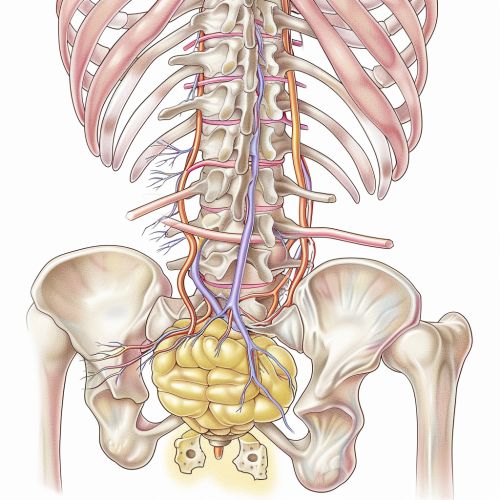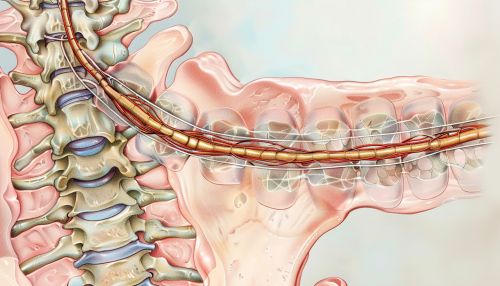Spinal cord injury
Introduction
A spinal cord injury (SCI) is a severe trauma to the spinal cord that results in a loss of function, such as mobility or feeling. The spinal cord is a critical part of the central nervous system, transmitting signals between the brain and the rest of the body. Damage to the spinal cord can lead to significant and often irreversible impairments. This article provides an in-depth exploration of spinal cord injuries, including their causes, classifications, symptoms, diagnostic methods, treatment options, and ongoing research.
Anatomy of the Spinal Cord
The spinal cord is a long, thin, tubular structure composed of nervous tissue, extending from the medulla oblongata in the brainstem to the lower back. It is encased in the vertebral column and protected by the meninges, a three-layered membrane. The spinal cord is divided into four main regions: cervical, thoracic, lumbar, and sacral. Each region controls different parts of the body and is associated with specific functions.


Causes of Spinal Cord Injury
Spinal cord injuries can be caused by various factors, including:
Traumatic Causes
- **Motor Vehicle Accidents:** The leading cause of SCI, accounting for nearly half of all cases. - **Falls:** Particularly common among older adults. - **Violence:** Including gunshot and stab wounds. - **Sports Injuries:** Especially in contact sports like football and activities like diving.
Non-Traumatic Causes
- **Diseases:** Such as multiple sclerosis, spinal cord tumors, and spinal stenosis. - **Infections:** Including meningitis and polio. - **Degenerative Conditions:** Like arthritis.
Classification of Spinal Cord Injuries
Spinal cord injuries are classified based on the location and severity of the damage. The two primary classifications are:
Complete vs. Incomplete Injury
- **Complete Injury:** Total loss of sensory and motor function below the level of injury. - **Incomplete Injury:** Partial loss of sensory and/or motor function below the level of injury.
Level of Injury
- **Cervical (C1-C8):** Injuries in this region often result in quadriplegia, affecting all four limbs and the trunk. - **Thoracic (T1-T12):** Injuries here typically cause paraplegia, affecting the lower body and legs. - **Lumbar (L1-L5):** Injuries may result in varying degrees of leg and lower body function loss. - **Sacral (S1-S5):** Injuries can affect the hips, groin, and legs, but often allow for some degree of walking.
Symptoms of Spinal Cord Injury
The symptoms of SCI vary depending on the location and severity of the injury. Common symptoms include:
- **Loss of Movement:** Partial or complete paralysis. - **Loss of Sensation:** Inability to feel heat, cold, or touch. - **Loss of Bowel and Bladder Control:** Incontinence or retention issues. - **Spasms and Reflexes:** Uncontrolled muscle movements. - **Pain or Intense Stinging Sensations:** Caused by nerve damage. - **Difficulty Breathing:** Especially with cervical injuries.
Diagnosis of Spinal Cord Injury
Diagnosing SCI involves a combination of physical examinations and imaging tests:
- **Neurological Examination:** Assessing motor and sensory function. - **Imaging Tests:** Including X-rays, CT scans, and MRI to visualize the extent of the injury. - **Electrophysiological Tests:** Such as somatosensory evoked potentials (SSEPs) to evaluate nerve function.
Treatment of Spinal Cord Injury
Treatment for SCI aims to stabilize the injury, prevent further damage, and promote recovery. It includes:
Emergency Management
- **Immobilization:** Using a cervical collar or backboard to prevent further injury. - **Medication:** Administering methylprednisolone to reduce inflammation and secondary damage.
Surgical Interventions
- **Decompression Surgery:** To relieve pressure on the spinal cord. - **Stabilization Surgery:** Using rods, screws, or bone grafts to stabilize the spine.
Rehabilitation
- **Physical Therapy:** To improve mobility and strength. - **Occupational Therapy:** To enhance daily living skills. - **Psychological Support:** To address emotional and mental health needs.
Research and Future Directions
Research in SCI is focused on understanding the mechanisms of injury and developing new treatments. Key areas of research include:
- **Neuroprotection:** Investigating drugs and therapies to protect nerve cells from damage. - **Regeneration:** Exploring ways to stimulate nerve growth and repair. - **Stem Cell Therapy:** Using stem cells to replace damaged cells and promote healing. - **Neuroprosthetics:** Developing devices to restore function and improve quality of life.
